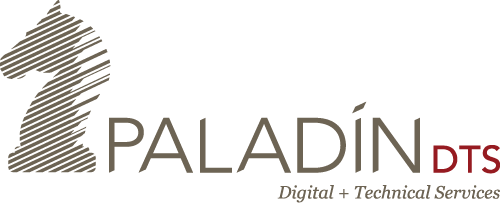The charrette required by LEED v4 can transform your building project (if it’s done right)
By Candice Burks Rogers, President, Paladin, Inc.
According to a recent report from the Harvard Business Review, businesses around the world are suffering from meeting overload, with random, disorganized gatherings draining them of valuable hours and energy. However, there is a particular type of meeting that lays out a game plan for a truly green building. A well-run charrette is the key to successful LEED V4 certification. Having led them successfully for years, my team has assembled a number of best practices we call “The Seven Ts” that can make your next charrette truly effective.
- TEAM: An effective charrette starts with the right people who have influence and a shared interest in the project’s success. At a minimum, participants should include the Owner Representative, Architect, MEP Engineer, Landscape Architect, Civil Engineer, and Commissioning Authority. We also encourage the inclusion of an Owner/Operator since their foreknowledge can especially help on the performance requirements associated with several of the new credits introduced in LEED V4. When available, we also invite a Construction Manager Representative to include their insights from the beginning.
- TIME: The best team in the world will underachieve if their ideas arrive too late in the process, so we strongly advocate for a charrette early on in the Schematic Design phase. Establishing guidelines and agreeing on a plan at this point sets a building project on a success trajectory, reducing the need for expensive course corrections later. In addition, we devote ample charrette time (typically several hours and sometimes all day) to discussing every single credit opportunity so no stone is left unturned.
- TECHNIQUES: Like any discipline, LEED V4 certification requires a detailed grasp of details, specifically the credit criteria for each participant’s respective area. Advance study equips participants to answer questions like “What is the impact to your ‘typical’ design process for meeting the technical requirements of the various credits?” “Will KY Building Code allow the credit to be met?” “Will the utility offer the option to you?”
- THOUGHTS: Participants should take time to assemble their specific thoughts on credits for the project, combining research and their technical expertise to rank their specific credits in terms of achievability. The meeting can then include a discussion of the pros and cons of each credit’s potential impact on the project, the Owner, the budget, and the schedule.
- THIN: With all the credits on the table, it’s time to “thin the herd,” working as a Team to get a YES/NO decision on each. While this discussion might leave a few credits in the “maybe” category, they should be minimized because they devour research time and create process delays. A thinned-out list of YES credits gets everyone rolling toward the fun part – creating an amazing building.
- TRIUMPH: When it comes to winning on credits, it’s important to go big, stockpiling more than necessary to provide a safety net. If certification requires 40 credits, the team should target the 48-50 range in early phases. Once a project enters Construction Phase, that safety net can be reduced to around 45, which still allows a cushion in case other credits drop out due a reviewer’s response, a failure to meet design or performance targets or any of the other surprises common to the building process. After all, construction isn’t a perfect process, so expecting a scorecard to be flawless is a pipe dream.
- TEST: Circle back and check the scorecard. Throughout the design process, before phase submissions, be sure to review the scorecard and make sure that none of the credits have dropped. You might discover that a vendor indicated that a particular credit was no longer achievable or a budget constraint eliminated a feature. Familiarity with the details will allow you to add the impact of LEED to design phase modification discussions.
These simple steps are most effective if they’re accompanied by the right measure of forethought and outcome-focused, honest conversations during the charrette. Properly applied, they can advance the entire team toward the goal of a LEED-certified building and its associated benefits including reduced operating expenses. They also help teams manage the advance from LEED-2009 standards to the more exacting and rewarding criteria of LEED V4. This advancement will certainly stretch the capabilities of all involved, but, by helping teams rise above the status quo, they can lead to better-performing buildings that use the most of design techniques, technology and analytics.
That is definitely time well spent.

